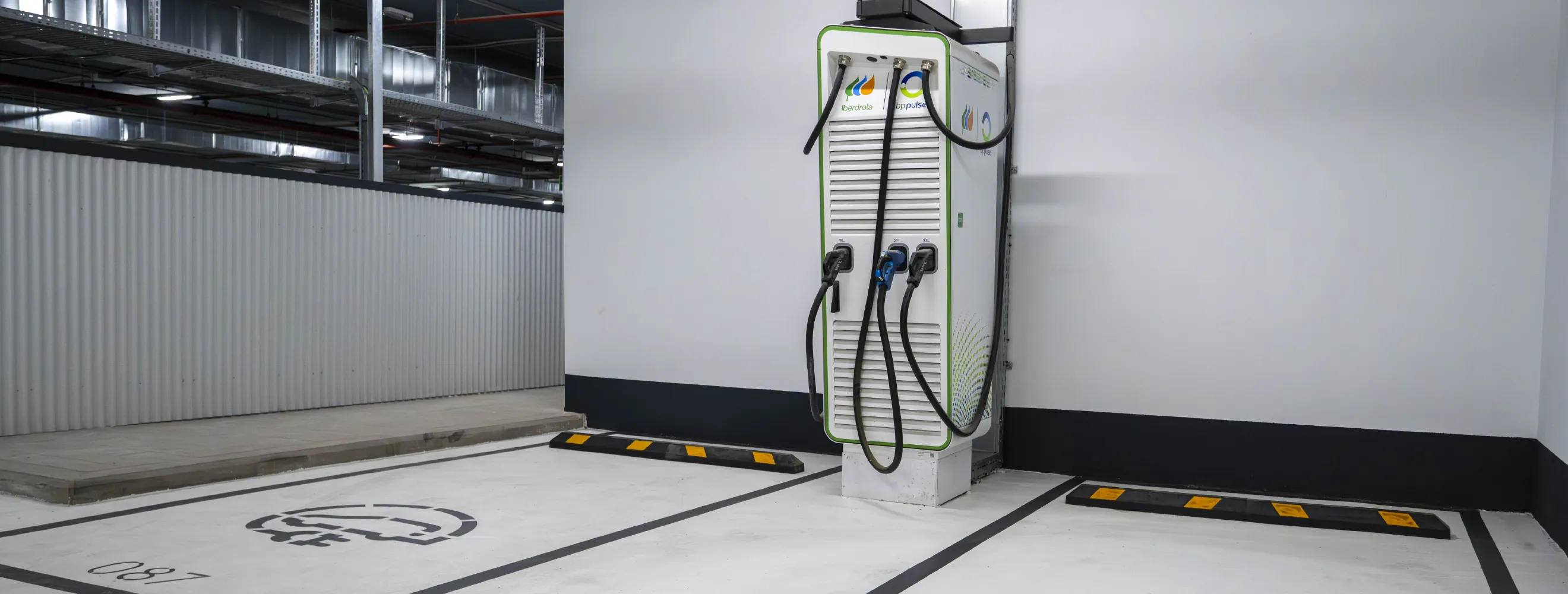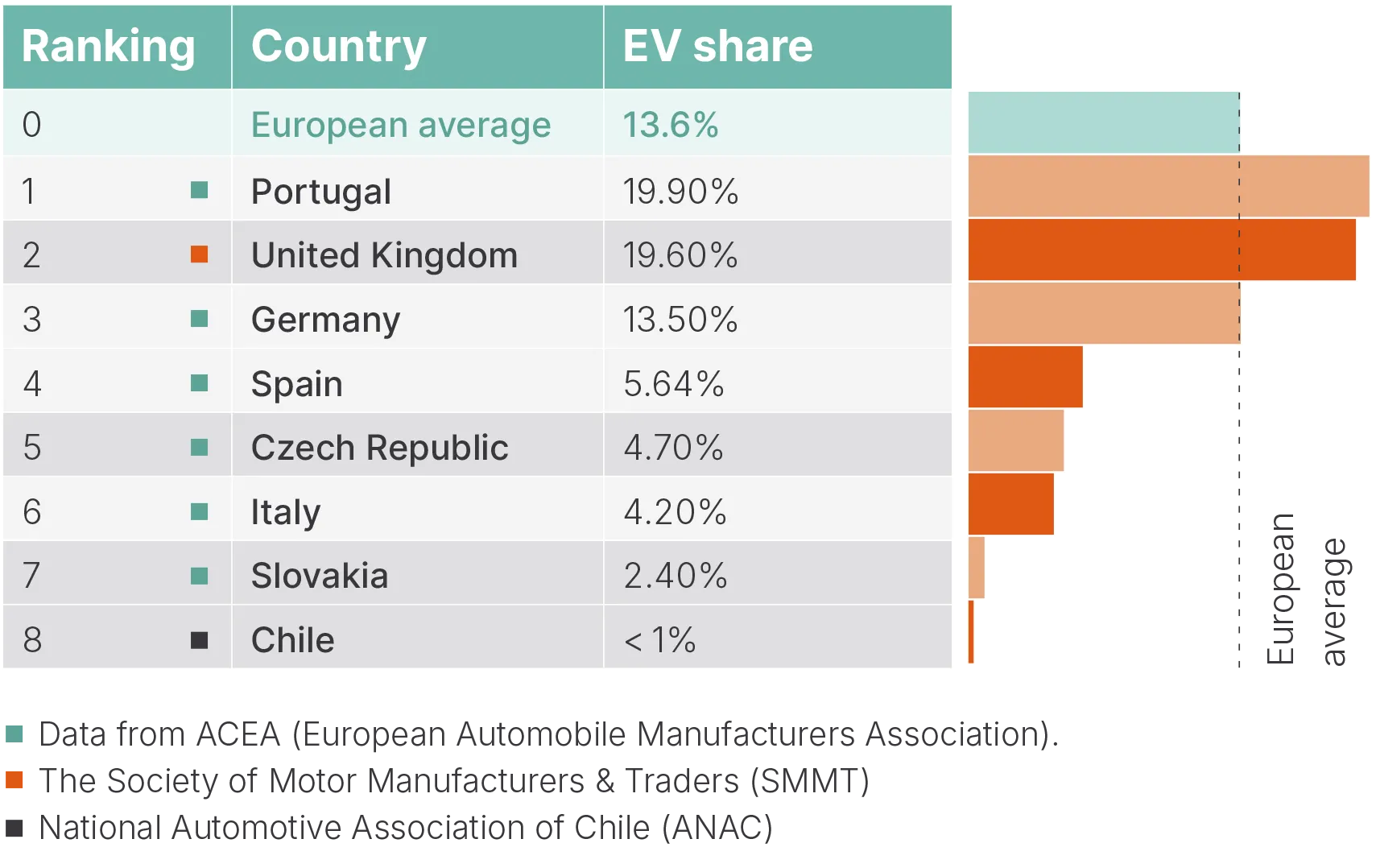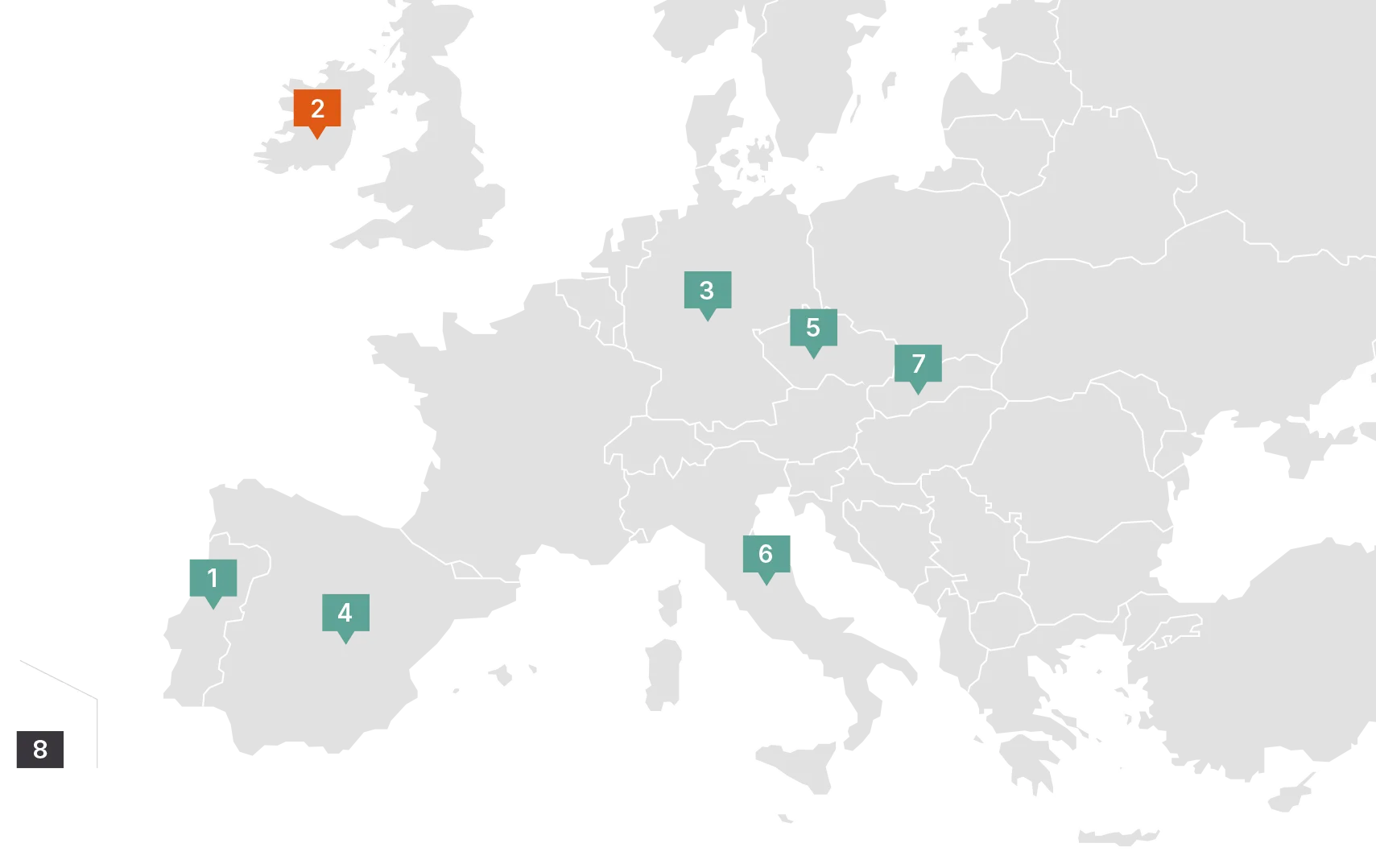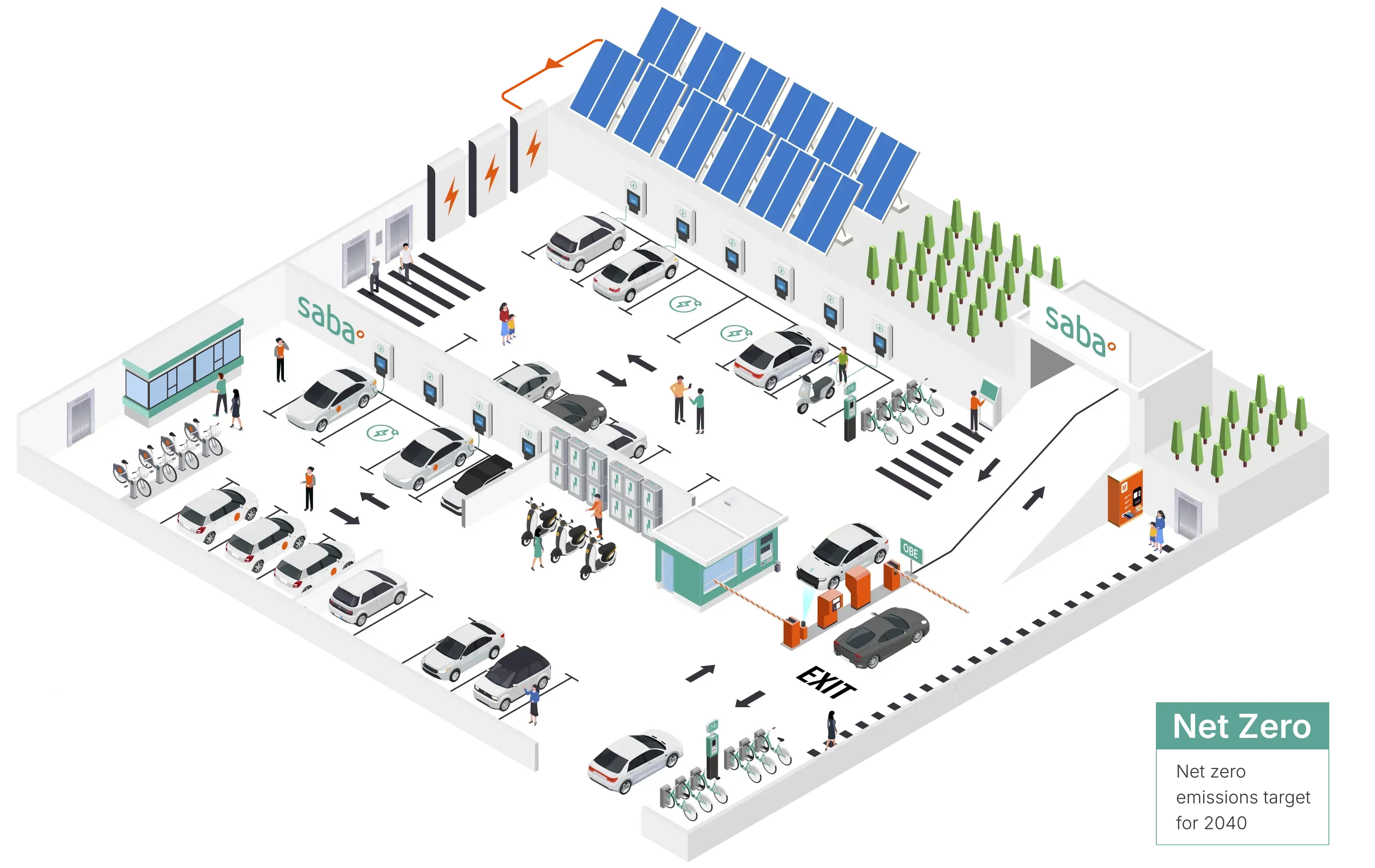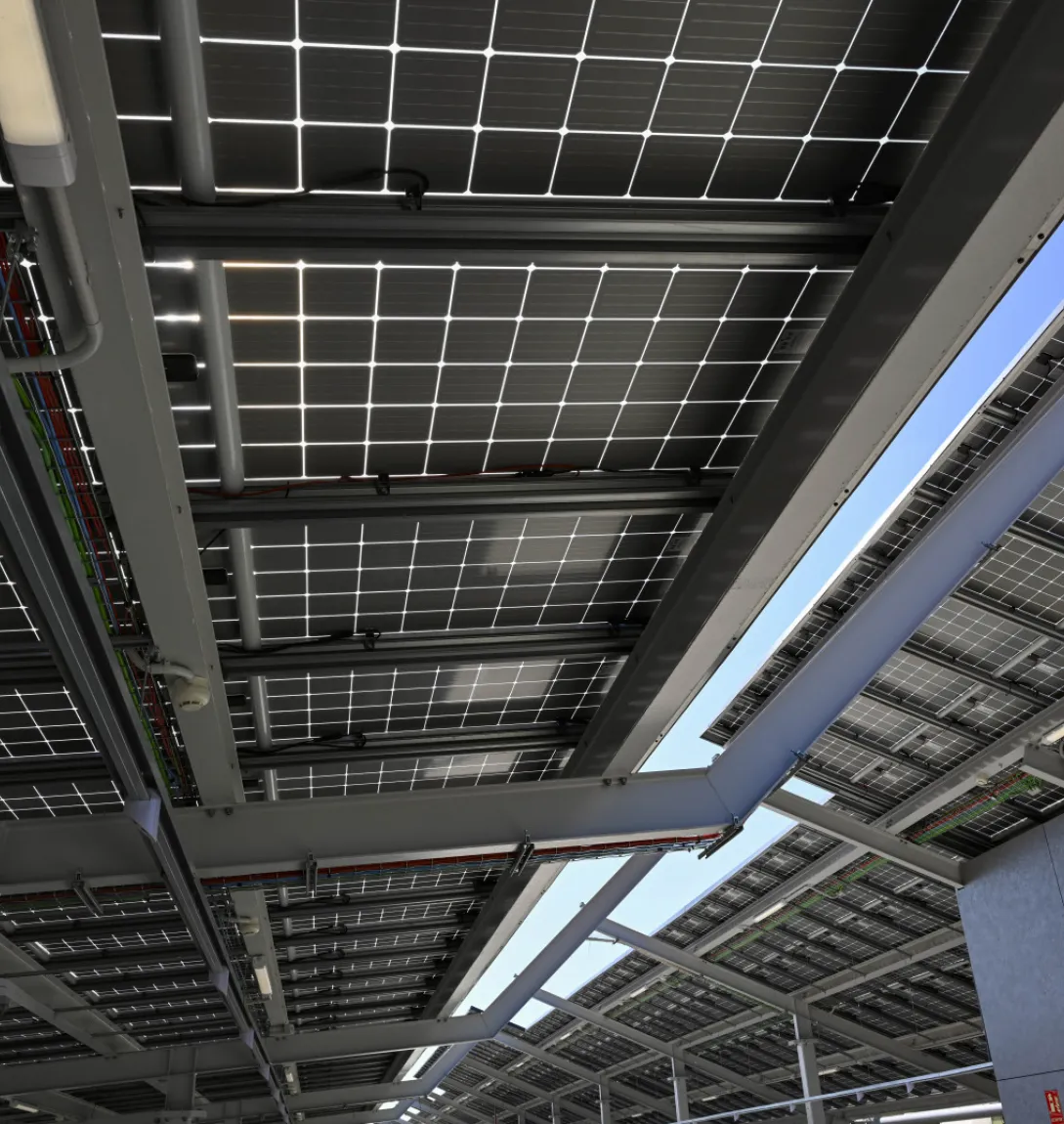With a focus on promoting sustainable mobility, Saba continues to work on boosting the development of its charging infrastructure to support the deployment of electric vehicles.
As of December 31, 2024, the company had nearly 1,600 electric charging points in car parks across the Group, 730 of which were managed by Saba (20% more than in 2023) through strategic agreements, and the rest were managed by third parties. Both public and private car parks are a great opportunity for providing electric charging stations for all types of vehicles, private, shared and fleets: semi-fast, fast and super-fast, and for all needs, whether one-off demand or subscribers; in cases where the car remains overnight in the car park or is only short-stay during working hours.
















